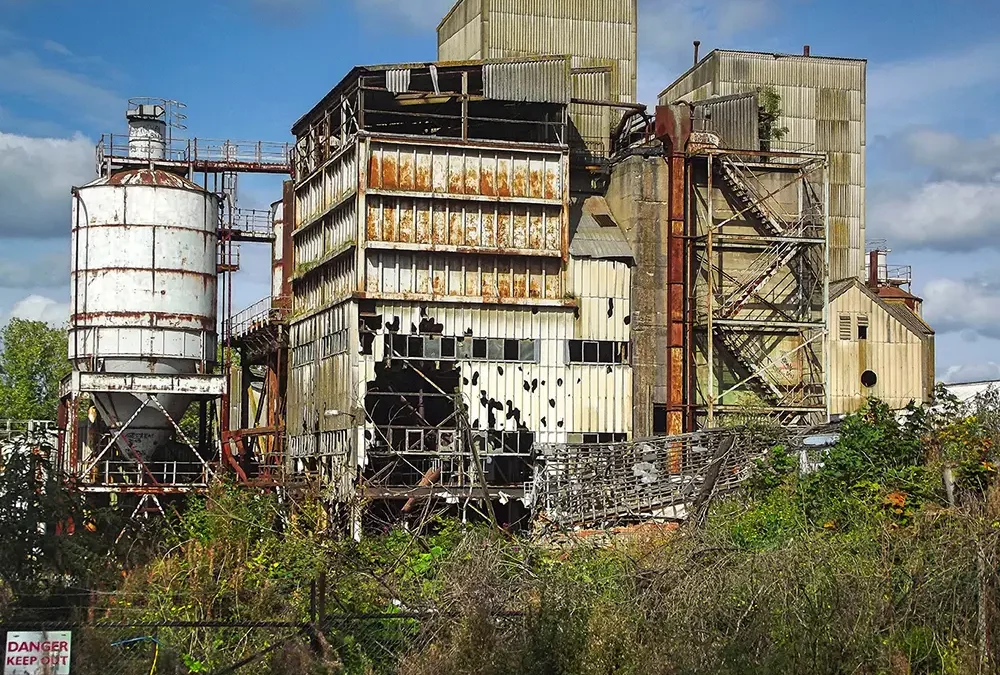Site investigation – G&W goes large
19th December 2022
Geoenvironmental • Geotechnical • Specialist Services
Ground & Water was tasked with investigating potential risk factors pertaining to the site of the former Copyhold Works near Redhill. The investigation was with reference to former and present day potential contaminative uses and their impact on sensitive receptors.
Our Client
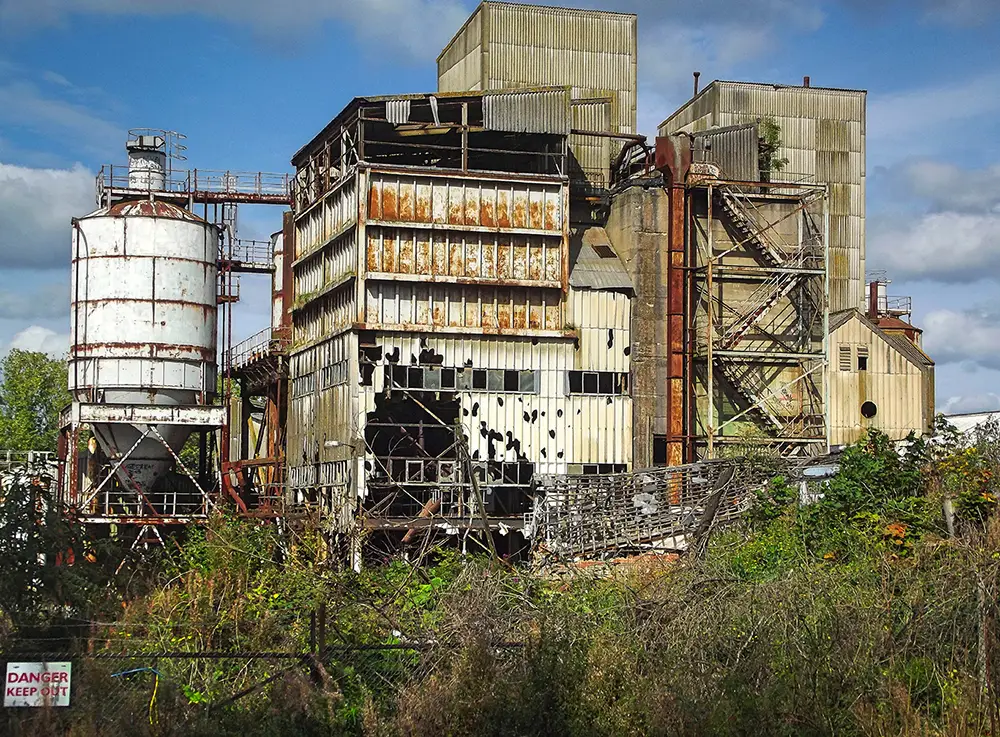
Preliminary-Assessment
Our Challenge
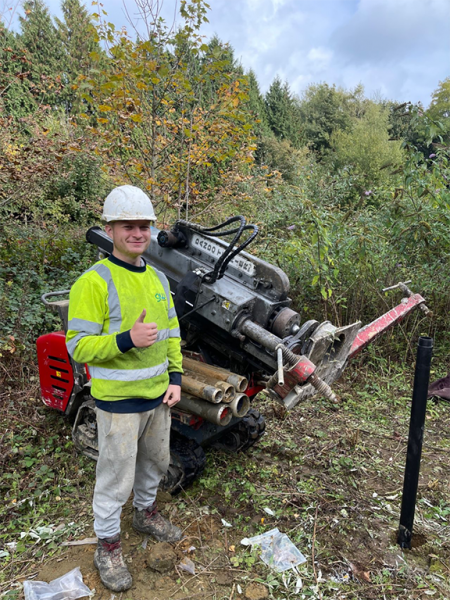 Our biggest challenge was the derelict, uneven, size and overgrown nature of this former industrial site. The east of the site was disused and very overgrown. The concrete footprints of the former Copyhold Works and laboratory buildings could be seen in the central west and central south respectively. Stockpiles of Fuller’s Earth and other materials were recorded in numerous locations. The former Copyhold Works and laboratory buildings were also on a raised platform. The former quarry in the north-east was very overgrown and appeared to not have been infilled to ground level. The wooded area in the south-west was also very overgrown and is significantly higher than the former laboratory buildings location. The levels were also undulating where it appeared soils had been stockpiled. The west of the site was a farmers field.
Our biggest challenge was the derelict, uneven, size and overgrown nature of this former industrial site. The east of the site was disused and very overgrown. The concrete footprints of the former Copyhold Works and laboratory buildings could be seen in the central west and central south respectively. Stockpiles of Fuller’s Earth and other materials were recorded in numerous locations. The former Copyhold Works and laboratory buildings were also on a raised platform. The former quarry in the north-east was very overgrown and appeared to not have been infilled to ground level. The wooded area in the south-west was also very overgrown and is significantly higher than the former laboratory buildings location. The levels were also undulating where it appeared soils had been stockpiled. The west of the site was a farmers field.
The Ground & Water Approach
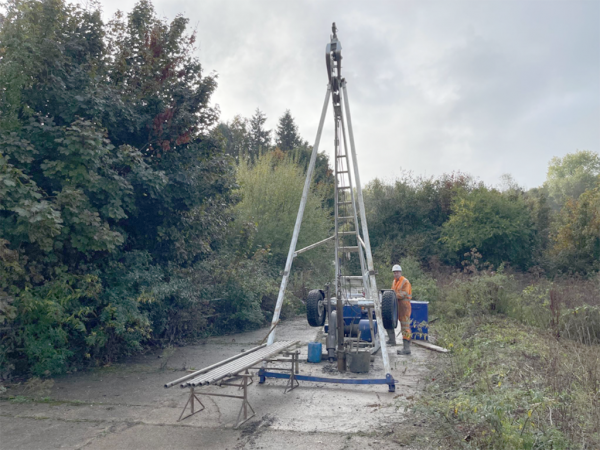 Phase 2: The intrusive investigation comprised a combination of trial pitting, window sampling, cable percussion and rotary drilling. Soil samples were obtained and sent for a broad range of contaminants of concern. Targeted sampling was also undertaken adjacent to former fuel tanks, transformers and at the location of fire damaged lab buildings associated with the former works.
Phase 2: The intrusive investigation comprised a combination of trial pitting, window sampling, cable percussion and rotary drilling. Soil samples were obtained and sent for a broad range of contaminants of concern. Targeted sampling was also undertaken adjacent to former fuel tanks, transformers and at the location of fire damaged lab buildings associated with the former works.
The trial pitting allowed for coverage of the site and the window sampling for the installation of combined groundwater and ground-gas monitoring wells. Subsequent gas monitoring was undertaken to assess the gas risk from deep Made Ground on the site as well as gases migrating from the landfill to the north.
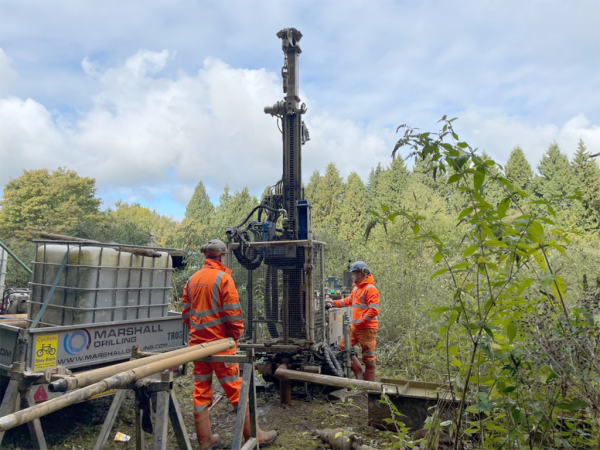
The rotary drilling was used as an initial tool to investigate the two areas potential mined.
Given the location was heavily vegetated – with Japanese Knotweed recorded in the vicinity – and was also very uneven, it was not possible to access all of it with suitable drilling equipment. Further investigation was proposed once levelling works are undertaken.
The Outcome
Ground & Water has the capability to work on all sizes of projects. If you think we can help with yours, get in touch today.
